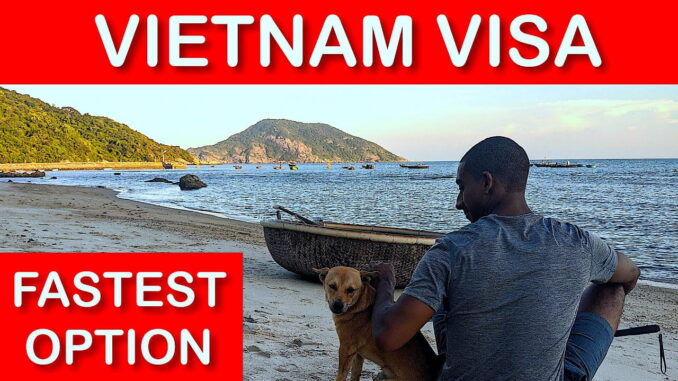Introduction:
Dreaming of exploring the bustling streets of Hanoi, cruising through the picturesque landscapes of Ha Long Bay, or immersing yourself in the rich culture of Ho Chi Minh City? Before you pack your bags and set off for Vietnam, it’s crucial to familiarize yourself with the country’s visa requirements. VIETNAM VISA REQUIREMENTS In this comprehensive guide, we’ll walk you through everything you need to know to ensure a seamless visa application process for your Vietnamese adventure.
Understanding Visa Types:
Vietnam offers various visa options to cater to different travel purposes, including tourism, business, study, and more. The most common visa types for tourists are the tourist visa and the electronic visa (e-visa). Tourist visas can be single or multiple entry, with varying durations of stay, while e-visas typically allow for a single entry with a stay of up to 30 days.
Application Process:
The application process for a Vietnam visa depends on the type of visa you require. For traditional tourist visas, you can apply through Vietnamese embassies or consulates in your home country. The process usually involves completing an application form, submitting passport photos, providing your passport, and paying the visa fee. Processing times may vary, so it’s advisable to apply well in advance of your intended travel dates.
Alternatively, travelers can opt for the convenience of applying for an e-visa online. The process is straightforward, requiring applicants to fill out an online form, upload a digital photo, and provide a scanned copy of their passport’s biographical page. Once approved, the e-visa is sent via email, which travelers must present upon arrival in Vietnam.
Visa on Arrival (VOA):
Another popular option, especially for those with short notice travel plans, is the visa on arrival (VOA). Contrary to its name, travelers must apply for a visa approval letter online before arriving in Vietnam. This letter allows them to collect their visa upon arrival at designated international airports. It’s essential to have the necessary documents, including the approval letter, passport photos, and visa stamping fee, ready upon arrival.
Extension and Renewal:
If your Vietnamese adventure extends beyond the validity of your visa, you may need to consider extending or renewing your visa. VIETNAM VISA APPLICATION APPLY Visa extensions typically grant an additional 30 days of stay, while visa renewals provide a new visa with an extended validity period. It’s essential to familiarize yourself with the specific requirements and procedures for visa extension or renewal, which may vary depending on your visa type.
Key Tips:
Before applying for a Vietnam visa, consider the following tips:
Ensure your passport has a validity of at least six months beyond your intended stay in Vietnam.
Beware of visa scams and only use official channels for visa applications.
Familiarize yourself with any visa exemptions or special requirements based on your nationality.
Conclusion:
Navigating Vietnam’s visa requirements doesn’t have to be a daunting task. By understanding the different visa types, application processes, and key tips, you can confidently prepare for your Vietnamese adventure. So, whether you’re planning to explore ancient temples, indulge in delicious street food, or relax on pristine beaches, rest assured that obtaining your Vietnam visa will be a smooth and hassle-free experience.

